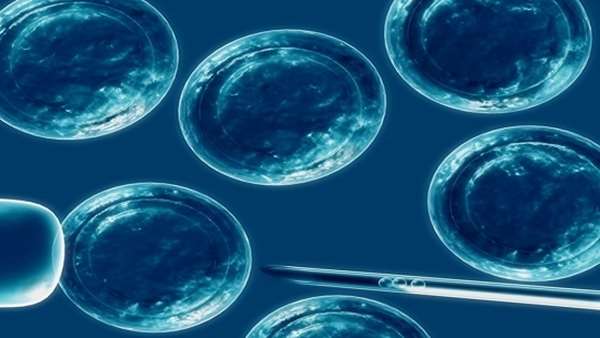CRISPR to make IPS cells
Since 2006-2007 when mouse and human reprogramming were first reported, many different methods have been explored to make induced pluripotent stem (IPS) cells. Along the way we’ve all learned quite a lot about how pluripotency is regulated, whether it is in the context of maintenance or induction of this unique stem cell state.
Since 2006-2007 when mouse and human reprogramming were first reported, many different methods have been explored to make induced pluripotent stem (IPS) cells. Along the way we’ve all learned quite a lot about how pluripotency is regulated, whether it is in the context of maintenance or induction of this unique stem cell state.
It was only a couple of years ago that all-chemical approaches to making IPS cells via reprogramming were reported. In the early years it seemed like every new reprogramming method could be a high-profile paper. Then methodological advances were eventually seen as not quite so big a deal. Now we have this one that strikes a chord in some ways.
This week’s Ding lab paper is Liu, et al. and is entitled, “CRISPR-Based Chromatin Remodeling of the Endogenous Oct4 or Sox2 Locus Enables Reprogramming to Pluripotency.” You can see the graphical abstract below that summarizes the work visually.
The main gist of this paper is that CRISPR epigenetic (not gene editing) systems, which more broadly have previously been shown to have utility in activation or repression of genes through tethering transcriptional regulatory domains to dCas9, can be used to turn on two important pluripotency genes, Sox2 and Oct4, in mice and lead to formation of IPS cells. Notably, gene activation via CRISPR (termed CRISPRa) has been shown previously to turn on pluripotency genes but the authors say not for full reprogramming to make IPS cells before.
There are a number of interesting things about this paper too. The fact that CRISPRa of Sox2 was reportedly sufficient to lead to some bona fide IPS cell formation was somewhat surprising since this gene is not strictly pluripotency-specific and to my knowledge it has not been previously shown to lead to cellular reprogramming on its own. The authors did note though that only 0.1% reprogramming efficiency was achieved with activation of Sox2even though 20% of cells turned this gene on with CRISPRa, which suggests most of the time other things need to happen too, or as the authors put it, “that sole activation of endogenous Sox2 is not determinant to pluripotent cell fate in our CRISPRa context.” Still, they report that turning on Sox2 is enough to get the ball rolling successfully some of the time. If this is reproducible, then in non-pluripotent cells that are Sox2+ such as certain neural precursors, there must be mechanisms to inhibit progression to a pluripotent state such as repression of Oct4.
CRISPRa of just Oct4 also did the trick to make IPS cells, which is still somewhat surprising since one factor reprogramming using other methods hasn’t been reported that often that I know of at least using other delivery methods. Specific epigenetic targeting of both the Oct4 enhancer and promoter worked a lot better. Interestingly, it seems that the Oct4 promoter provides a quick burst of expression and the enhancer may provide lower magnitude, but more persistent activation.
In the context of this study’s CRISPRa system, histone acetylation was also shown to play an important role in activation to promote reprogramming to an IPS cell state via swapping in p300 into the SunTag system. However, it’s not clear if other forms of epigenetic activation such as perhaps via induced H3K4me3 (a mark that sharply marks the TSS in promoters of active genes) could yield similar results, perhaps even with relatively lower acetylation levels. There are still many interesting questions here overall.
This study was also focused on mouse cells only so another important thing to try will be CRISPRa production of human IPS cells. Hopefully that’ll work too. One other limitation I saw in the paper was that it didn’t do an unbiased search for off-target transcriptional effects of CRISPRa, but just looked at a finite set of predicted transcriptional off-targets.
This kind of system may also work for direct reprogramming of one cell type to another such as production of neural precursor cells from fibroblasts, a process sometimes referred to as transdifferentiation. It’s possible in this paper that they successfully got production of IPS cells whereas others didn’t because here they were able to induce much higher levels of expression including via the SunTag system. Addition of small molecules to the media gave things a boost as well.
Overall, I liked this paper for its fairly novel technical approach, its potential to open the door to a new method of non-genetic reprogramming, and insights into pluripotency.
Reference: http://www.cell.com/cell-stem-cell/fulltext/S1934-5909(17)30501-5





ارسال به دوستان